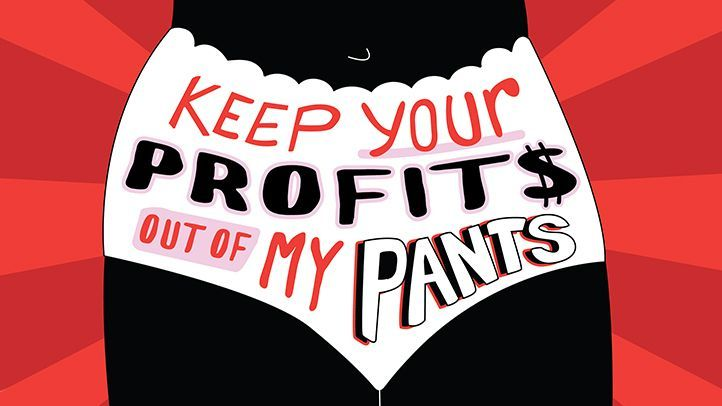The Tampon Tax: A Brief Overview of the History and Current Situation
- Adithya Santosh Kumar
- Jan 12, 2022
- 2 min read
Updated: Feb 23, 2022
What is the tampon tax?
Let's start with the basic question; what exactly is the tampon tax? It is defined as the extra charges levied on menstrual products either as a value-added tax or a sales tax. This is due to the fact that menstrual products are considered ‘non-essential, luxury goods. It is this mindset that is holding us back from abolishing this absurd tax. Periods aren’t considered a luxury. So why are we taxing them as if they are? This tax makes sanitary products further inaccessible to women from impoverished backgrounds, yielding use of unhygienic alternatives.

Why does it still exist in 2022?
For a majority of US states, the removal of the tampon tax would result in a loss of public revenue collection. This would indirectly lead to escalating tax rates on other products to mitigate the losses. But is this a compromise we should be willing to take? YES! For a country that doesn’t consider crocodile steaks as luxury goods under VAT, surely a product that is essential to an unavoidable biological process should be exempt from the taxman, right?
European countries, on the contrary, aren’t allowed to have 0 VAT on menstrual products. They must be taxed at a minimum of 5%. Some European countries like Sweden and Denmark have some of the highest tampon taxes in the world at 25%! However, very few goods are tax exempt in these countries. They equally add a 25% VAT on other essential personal hygiene products like diapers and condoms. Hence the campaigning for ending period poverty in these countries must take a different approach. Subsidizing prices for lower-income families and providing free period products at shelter homes and schools would be a step in the right direction.
The Situation in India
After rigorous campaigning in India, the 12% Good and Service Tax (GST) on sanitary goods was removed. A boon to a country where four out of five girls don’t have access to sanitary products. Nonetheless, sanitary napkins remain out of reach for a vast majority of Indian menstruators as only ~57% of menstruators in India use sanitary napkins.
The Bright Side
Over the past two decades, the US has seen progress in eliminating the tampon tax. As of now, only thirty out of the fifty states apply a sales tax on period products. The European Union has decided to eliminate the 5% threshold for its member nations by 2022.
Scotland, on the other hand, went a step further and now provides free sanitary products under the ‘Period Products Bill’.
We’re slowly getting there. Countries like Kenya and Scotland have led the way and allowed us to imagine what a tampon-tax free future looks like. A future where we don’t tax women for menstruating. A future where period poverty would be eradicated, and sanitary products would be accessible to everyone.



Comments